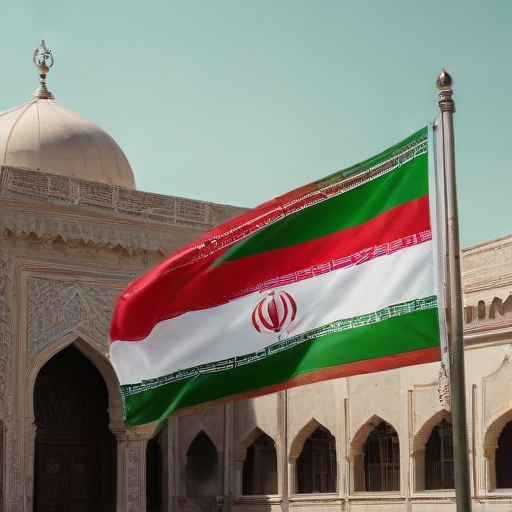Reports have emerged suggesting that Iran’s Supreme Leader, Ayatollah Ali Khamenei, may be in a coma, raising questions about the future leadership of the country. According to Israeli media outlet Ynet News, Mojtaba Khamenei, the 85-year-old leader’s second son, has reportedly been identified as his successor during a secretive meeting of the Assembly of Experts held on September 26. This meeting, called at Khamenei’s request, was marked by heightened pressure on the assembly’s 60 members to reach a unanimous decision, with accounts of intimidation from Khamenei and his representatives.
Over the last two years, Mojtaba has reportedly gained significant traction within Iran’s political landscape, although he maintains a low public profile. His influence is underscored by his alleged involvement in quelling the protests that followed the disputed 2009 elections. He was elevated to the title of ayatollah in 2021, which is a necessary step for anyone seeking to ascend to the position of Supreme Leader.
Sources indicate that the decision to designate Mojtaba Khamenei as a successor was kept secret in an attempt to deflect potential public dissent. Members of the Assembly were cautioned about the repercussions of leaking details about the meeting, in recognition of the unrest that could ensue if the information were to surface.
Additionally, there have been reports indicating that Ayatollah Khamenei’s health is deteriorating, with claims of him being “seriously ill.” However, there has been no official confirmation or denial from Iranian authorities regarding Khamenei’s health status.
These developments occur amid growing internal and external tensions facing the Iranian regime. While such changes in leadership could lead to instability, they may also present an opportunity for reform and progress in governance as new leadership takes shape. The situation remains fluid, with the public awaiting clarity on the future of Iran’s leadership and potential shifts in policy direction.
In summary, the possible transition of power within Iran’s leadership raises significant questions about the future political landscape in the country. As always, change can lead to both challenges and opportunities, and there is hope that this moment may inspire a more open and reformative approach in governance.
